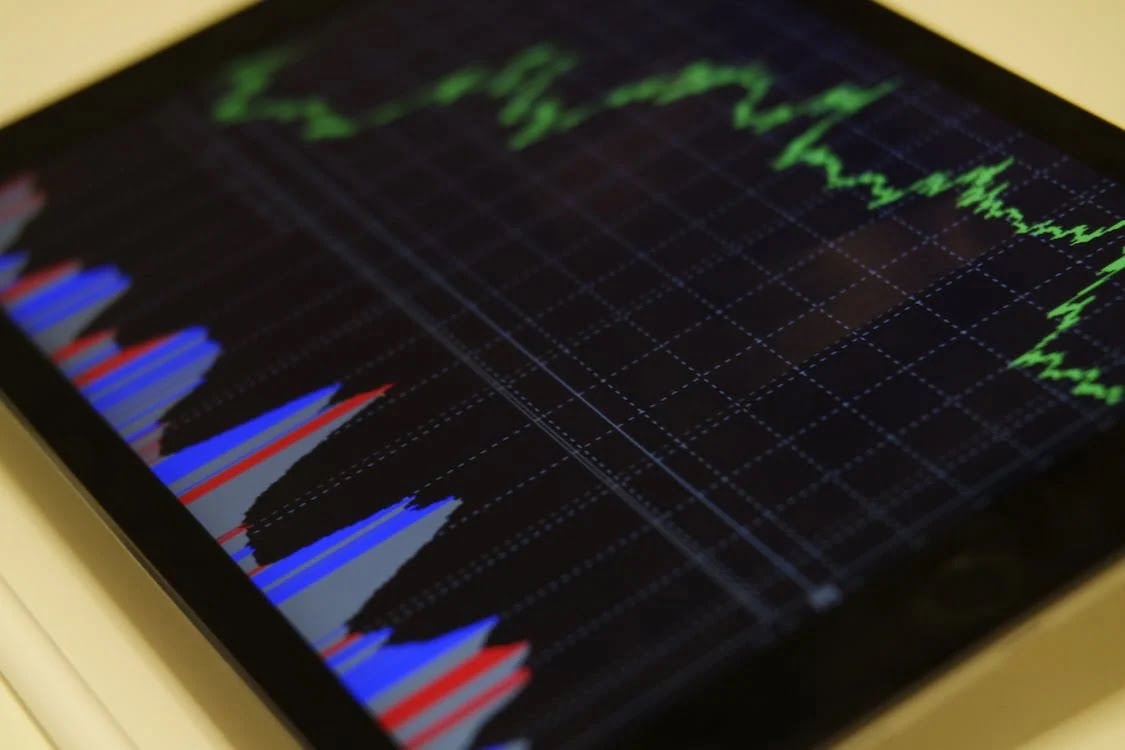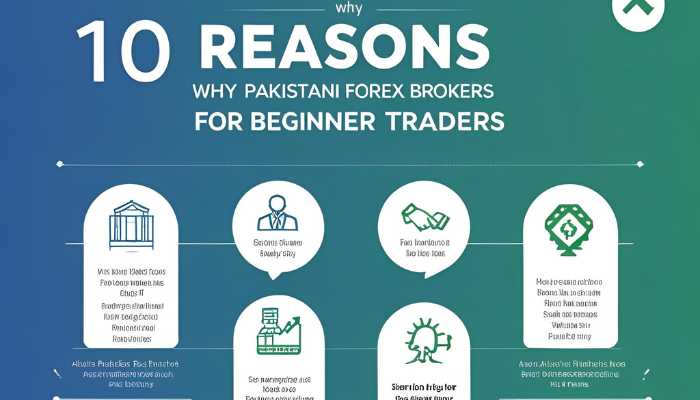When it comes to trading, risk management is one of the most crucial topics you will ever read. But, why is risk management the most important subject in forex trading? Well, we are in the business of making finances, so we must have an idea about how to tackle risk. Effective risk management strategies will help to protect your capital and minimize losses. But, surprisingly this is among the untapped aspect of trade.
With the help of effective risk management strategies, forex traders can prevent losses from erratic exchange rate changes. It is the reason that having an effective plan for managing your forex risk can help you trade currencies in a way that is more secure, better under control, and less stressful. Now, you may wonder what are the key points to keep in mind while doing forex trading. In today’s guide, we have gathered complete knowledge about what you can implement in your workflow. Stay tuned with us.
Understanding the Importance of Risk Management Techniques
Specific tasks that help traders protect against a trade’s potential downside make up forex risk management. More so, the risk increases both the potential for sizeable gains and the potential for sizeable losses Thus, the important skill for any trader to possess is the ability to control risk level while maximizing returns.
Top 9 Risk Management Techniques in Forex Trading
Establishing the proper position size, placing stop losses, and managing emotions when entering and exiting positions are all examples of risk management strategies in forex trading. If properly implemented, these safeguards may mean the difference between lucrative trading and total loss. Without any delay, let’s get into it.
Make Your Trade Plan
‘’Every battle is won before it is fought’’. This well-known quotation gives us the first and foremost effective technique for risk management. The conclusion to be drawn here is that wars are won through planning and action rather than actual combat.
Firstly, try to make sure that your broker is suitable for frequent trading. Customers who trade occasionally are catered to by some brokers. They don’t provide the appropriate analytical tools for active traders and charge excessive taxes.
Think about the One Percent Rule
This thumb rule is something that many day traders adhere to. The general notion behind this rule is that you shouldn’t invest more than one percent of your deposit in a single transaction. If you want to get the most out of your trade, never save all your trading eggs in one basket.
What is the downside of investing all your capital in one project? The answer is you are putting yourself up for a significant loss. Make sure you diversify your holdings across market capitalization, industry sectors, and geographical locations. It increases the chances of your profits while also assisting risk management in forex trading.
This approach is more effective for traders with accounts of less than $100,000. The traders whose accounts have higher amounts might decide to use a lower percentage. Keeping the percentage below two is the effective approach to control losses, and prevent the danger of losing a significant portion.
Hedge Position
Additionally, you may discover that you need to secure your position. Think about taking a stock position, where outcomes are due. Through choices, you may think about adopting the opposite stance to help defend your position. After trade activity slows down, you can unwind the hedge.
Calculating Take-Profit and Stop-Loss Points
When it comes to the key points of successful forex trading, many factors play a part such as setting stop-loss orders. But, what is meant by the term ‘’stop-loss point’’? The price at which a trader is ready to sell a stock and accept a loss on the transaction is known as the stop loss point. It happens when a trade does not turn out the way the traders want.
In the opposite case, a take profit is the point at which a trader will sell a stock and receive benefits from the transaction.
Determine Expected Income
For the calculation of expected return, stop loss and take profit points must be considered. The significance of calculation cannot be ignored as it compels traders to carefully consider and justify their trades. Thanks to this strategy. Now, you can compare different transactions in a systemic approach and can choose the most profitable one. One can determine the likelihood of profit or loss by past breakouts and breakdowns from the support or resistance level.
Managing Leverage
When it comes to leverage in forex trading, it is the usage of the broker’s or bank’s funds as opposed to solely using your own. Forex traders can open up more exposures than their trading account would normally permit with the use of leverage.
Of course, leverage has two sides. If you use leverage and gain profit, your returns are instantly magnified; yet, if you lose money, your account will be depleted just as quickly. It, in turn, increases your profit potential but also enhances the chances of risks. It is the reason that leverage needs to be handled with caution.
Know the Chances
The crucial step after deciding to make the transaction is how you manage or control the risk. Keep in mind that, for the most part, risk can be managed if it can be quantified.
Consequently, the potential rule of risk management is to estimate your trade’s chances of success. You must be proficient in both fundamental and technical analysis to achieve that. A price chart will assist you with where the potential psychological price trigger points are. You will also need to comprehend the dynamics of the market in which you are trading.
Position Sizing Matters
It is vital to choose the proper position size because the proper amount will both protect your account and maximize your benefits. Before you choose your position size your risk percentage, stop placement, pip cost, and lot size must all be calculated.
Managing Your Emotions
When investing your capital at risk in any financial market, it’s vital to have the ability to control your emotions. If you let emotions like enthusiasm, greed, loss fear, or boredom dictate your choices, you run an increased danger.
But, how to be stable with your emotions in forex trading? There is no need to worry as we have a simple idea for your wild emotions. Maintaining a forex trading notebook or record will help you fine-tune your methods based on past data, not on your feelings, and help you remove your emotions from the equation and trade rationally.




